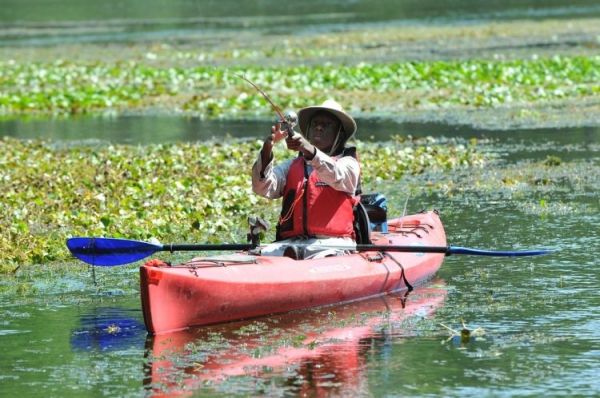A cooler full of fish might not be the only thing anglers bring back from a trip to the lake. Unknowingly, they may also be transporting small aquatic “hitchhikers” that attach themselves to boats, motors ― and even fishing gear ― when moving between bodies of water.
Considerable research shows that aquatic invasive species can completely transform ecosystems by introducing disease, out-competing and eating native species, altering food webs, changing physical habitat, devastating water-delivery systems and damaging economies. Furthermore, once established, eradication of nuisance species is near impossible, and management can be extremely difficult and costly.
Although preventative measures have been enacted to reduce their introduction and spread, such as mandatory watercraft inspections, educational programs and even dogs trained in sniffing out invasive species, these aquatic stowaways still manage to find their way into new water bodies around the country.
One of the many challenges is identifying how these species spread through human movement. A new University of Washington study uses passive data from a fishing technology company to model the movement of anglers and predict where aquatic invasives may be spreading. The findings were published Sept. 2 in the journal NeoBiota.
Continue reading at University of Washington.
Image via NYS Department of Environmental Conservation.


